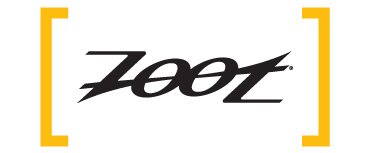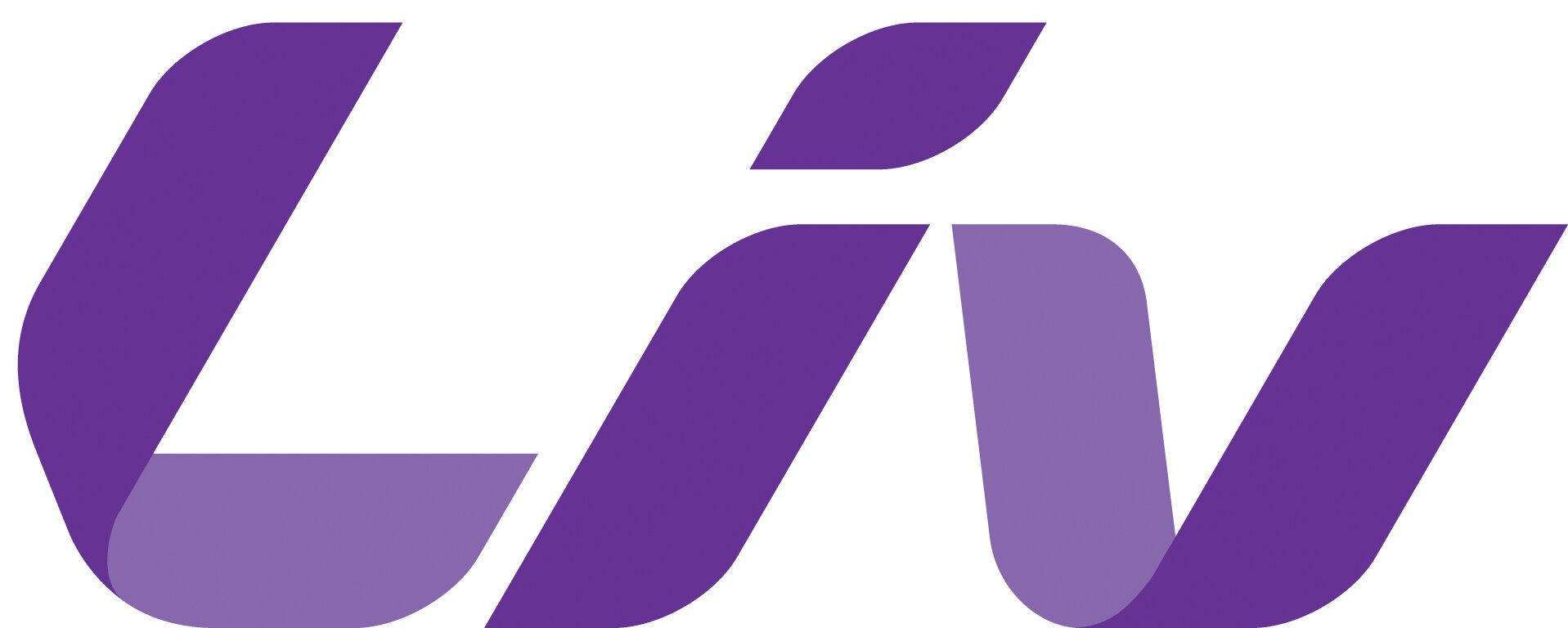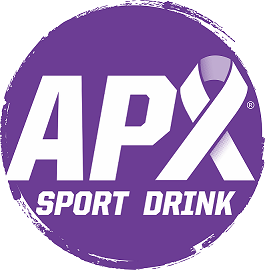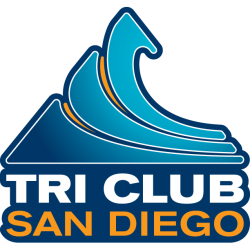
A double-amputee preparing for the swim.
by Ashley Reese
Over the weekend, members of our UCSD triathlon team volunteered at the Challenged Athletes Foundation Half-Ironman Race in La Jolla, CA. The event centered around athletes who had physical disabilities, many of whom had lost a limb or experienced physical trauma. To describe these athletes as ‘disabled’ or ‘challenged’, however, would be misleading. Their mental stamina and willingness to push their bodies to the limit to truly race rivals any competitive athlete.
The event began with an introduction by founding member and Vice President, Bob Babbit. The speech was ordinary, but the following parade of disabled athletes, especially the athletes that competed at the London Paralympic Games this summer, was humbling. Looking over the heads of bystanders, I could often only see the faces and top half of athletes as they walked in front of the stage and not their prosthetic limb or physical disablement. When I looked at the athletes, they seemed like any other athlete, joyful and smiling. These were the top competitors at the race, and they were smiling and relaxed- an uncommon sight at many other competitive races. This was my first impression of the event, and over the course of the time I spent at the race, I discovered more camaraderie among the athletes, and a greater personal motivation and passion for the sport, that led me to reflect upon my own triathlon experiences and aspirations as an athlete. Below are personal experiences from myself and other members of the UCSD Triathlon Team from the Challenged Athletes Foundation Race.
I volunteered to shadow a swimmer on the 1.2 mile swim leg of the race. When I checked-in at the volunteer desk in the morning, I was surprised to hear that I would be swimming alongside a blind athlete. When I found Gil, I found my hand moving of its own accord towards his hand for a handshake- an automatic response from years of ingrained social convention. I was surprised when he responded in turn and shook my hand. In fact, after this introduction, I learned that Gil was not blind but had partial visual impairment. He had sustained a brain injury as a special forces Green Beret and lost functional processing of his left visual field. (For those of you who understand the brain, you know that this is very different than being blind, yet nonetheless a serious handicap.) There was a second volunteer swimmer, Carolyn, who had shadowed Gil in past races. Together we swam the 1.2 leg of the race as a unit- Gil in the center, racing, while Carolyn set the course and direction, and I acted as the shield on his left side, absorbing the elbows and legs of crooked swimmers. The swim went smoothly, and Gil finished with a competitive time. Gil was racing the entire Half-Ironman, and when we finished the swim, he had a support team waiting for him. Athletes who had also just finished the swim were coming up to him as he was changing and encouraging him, sometimes playfully joking with him. These were athletes who had stopped in the middle of their race to say a few words to a fellow athlete, in spite of the seconds it cost them in their overall time- the entire race was like this. Athletes, volunteers and bystanders smiling and moving in cohesion with one another. Everyone was focused on the experience of racing, swimming, running and biking, and not on the final reward or placings of the overall race. Comradery and patience: these are the two words that I think described the CAF race. Camaraderie and patience: these are the two words that I use to describe the CAF race. Camaraderie and patience: these are two things that are infrequent and uncommon in many triathlon races. The CAF event allowed me the unique opportunity to see a different side to the sport, one where people were racing for the pure fun of it all. This attitude towards racing is something I want to carry into my own race season.
Written by Joanna Coker
This was my third year volunteering at this race, and each experience over the past two years has been potent in reminding me how lucky I am to have a fully-functioning body. My first year I rode the wheelie run course with an above-the-knee amputee. Last year I accompanied a girl of a mere seven years old, missing both her legs, again on the 9-mile wheelie run. This year, however, I rode the 44-mile bike course with Team PossAbilities, accompanying their able-bodied coach, two athletes with paralyzed legs in hand-cycles, and one man missing a leg. I was blown away by how cheerful and how fast these men were. Having already noticed that his bike had better components than mine (Sram Red to my Ultegra 105), I asked Owen, one of the men in a hand-cycle, what his training consisted of. He replied that at this time of year, he was mostly doing endurance stuff and would ride anywhere from 25 to 70 miles, adding “A 70-mile ride for us is like one of your centuries.” These distances, I have to admit, sound similar to my training rides — and I’m not in a hand-cycle. He then proceeded to tell me about his race the weekend before at the Fiesta Island time trials, where he had held about 20 mph throughout the course until his tubular tire came off his rim within sight of the finish line. If I did a time trial at Fiesta Island, I would probably hold around 22 mph. That Owen could hold 20 mph using only his arms seemed incredible to me. The past two years I have encouraged and (with the 7-year-old) cajoled athletes along the course, but this year the athletes of Team PossAbilities showed me that “challenged” most certainly does not mean “slow”. Although all hand-cyclists have trouble with hills, Owen rode fast enough on the flats and downhills to drop me in the last 10 miles of our ride. He told me he has his sights set on the 2016 Paralympic Games in Rio, and I know I’ll be looking for his name there.
Owen rode fast enough on the flats and downhills to drop me in the last 10 miles of our ride. He told me he has his sights set on the 2016 Paralympic Games in Rio, and I know I’ll be looking for his name there.
Many more Tritons volunteered at the race, but I only have a few of their stories to share:
Ben Miller, who was our guiding light and main prompter in volunteering at the CAF race this year, acted as a shadow on the wheelie run course with the same athlete he had shadowed the previous year. She is an above-the-knee amputee in one leg. Ben became “Steve” for the day, as he and his athlete laughed about last year, when she had thought for the entire race that his name was Steve because Ben was a last-minute replacement for her assigned shadower.
Bryce swam with a girl affected by spina bifida and doing her first ever open-water swim.
Lauren and Rachel (both strong swimming presences on our team) swam with a boy who, although considered disabled, swam fast enough in that 1.2 miles to put them through their paces.
Will had the opportunity (or ordeal?) of doing the entire half-Ironman with a woman missing her leg. As the only one to do the entire race and one of the last to finish the race, Will perhaps showed the most triathlon spirit of any of us Triton volunteers.
As I was finishing up my bike ride, I saw two men starting out on the run course, tethered together and wearing shirts that said “Deaf-Blind Runner.” The leading man was deaf and the following man was blind, and they were completing the race course as a team.
From left: 1) The CAF logo. 2) A double-amputee preparing for the swim. 3) The Team PossAbilities hand-cyclists, out for a training ride. 4) The finish line of the race.
Photos from the CAF webpage and the Team PossAbilities Facebook page.








